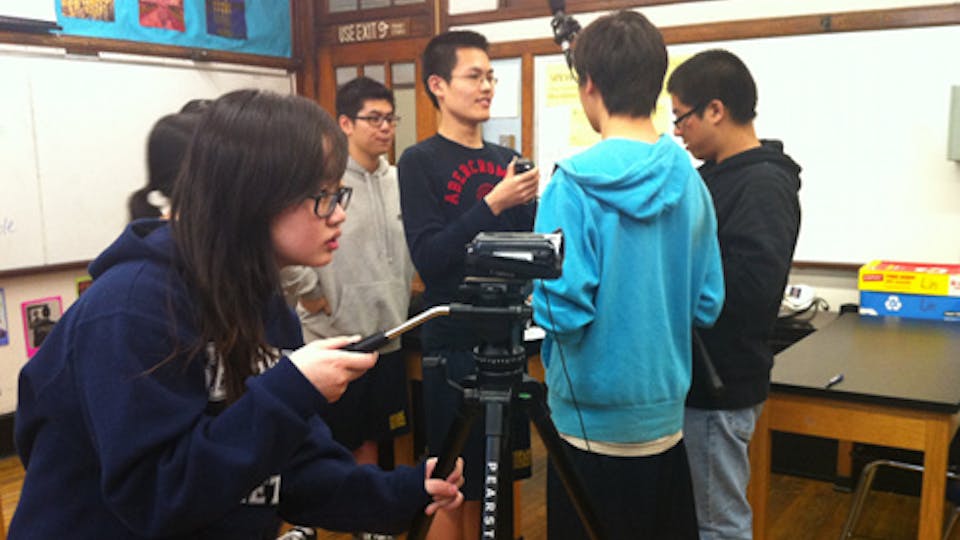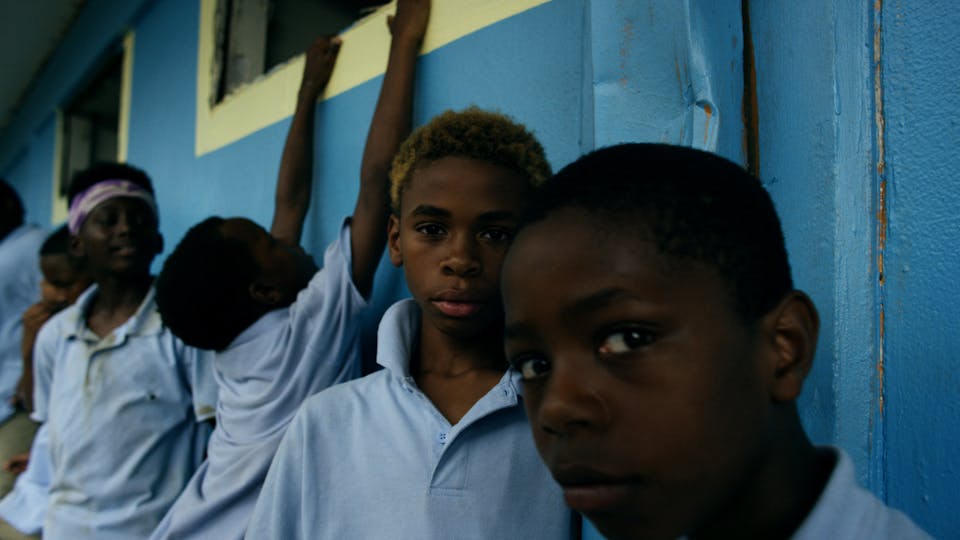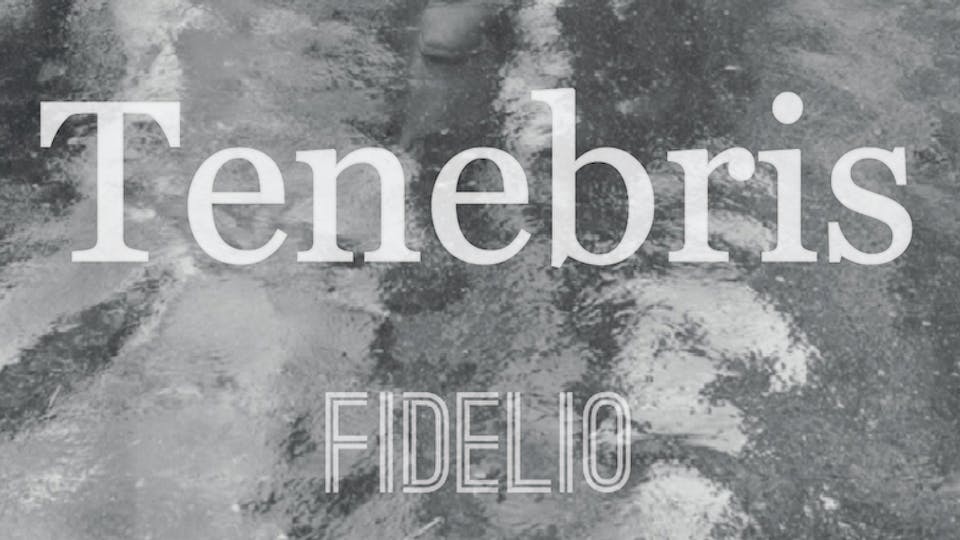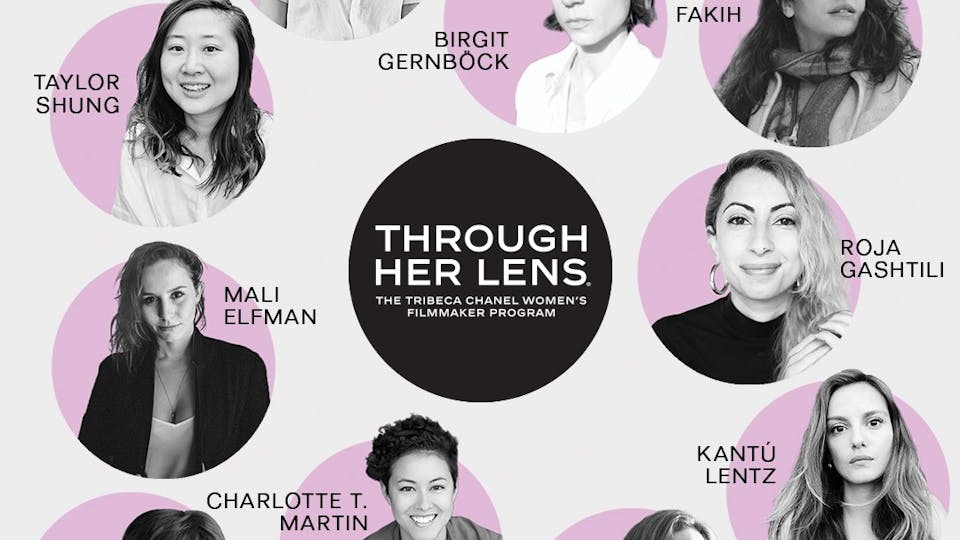Looking Inside-In

Last week at Frederick Douglass Academy II, between jazz that played in place of school bells, I had the opportunity to observe our teaching artist facilitate a discussion on his afterschool program’s new doc-in-progress. Six young men—in an array of attire from business suit to school slogan to street style—began to deconstruct their experience in the public school system. It was a vivid conversation on how race and class affects testing results and what defines happiness as an adult in the world. On the smart board a student synthesized the conversation into notes, the what, how and why of how each topic might be wrapped into a short film. Behind him, a quiet student practiced framing, documenting process. The conversation grew from the SATs being an outdated testing model to a full-fledged, nuanced and passionate debate on the complexities of our New York school system, and the outdated “American Dream” at large. This is where the real work of filmmaking occurs for me, in the spaces where theory, life, pedagogy, fact and opinion are steeped, stirred and synthesized into a single narrative. VIDEO: Perplexity, a narrative film by TYWLS East Harlem The students closed the session by turning the camera on me, and asking for my thoughts on this poignant topic, all quickly shuffling into their various roles. They knew their work like old news: head phone wires untangled and plugged into the lavaliere mic, camera framed, the director looking over his DP’s shoulder. Under their calm instruction, I was the nervous one! It is days like this when I relearn how our work in Tribeca Teaches®, TFI's signature school based film production program, is not only technically valuable, but can lend itself to trans-generational learning. VIDEO: Detention Center Blues, a narrative/animation film by Children’s Aid Society: Mirabal Sisters Campus Our programs, small by design for truly transformative spaces, run from 1st grade to post-high school. Any given week I might find myself listening to a reflection of elementary students who exclaim, "I couldn’t sleep last night I was so excited to make movies!" (The Neighborhood School) Or I may discover a student who wants to utilize their knowledge of filmmaking to launch their own YouTube film channel (Harlem Renaissance High School). Each class offers its own rewards, students invested in telling stories that span the gamut from social issue-driven documentary, to mockumentary, to horror films and experimental poem-narratives. These moments observing students in action reminds me how inherently creative young people- and human beings for that matter- can be when given the simplest tools.
VIDEO: Maintain, a music video by Art & Design High School Turning on the news is tough for educators. Often our youth are portrayed as criminals, villains, hooligans or menacing teens. And the truth is often these dynamic classroom students we’ve come to know as artists are indeed unsafe, targeted or ignored on the streets of their own neighborhoods. At best, each student floats through various cultures of shame, where their most fun, lively ideas are struck down by frustrated and exhausted adults. What I most love about our work is the ability to transform the typical classroom into a place of journey, curiosity and discovery. With teachers being under heavy pressure to conform to standards and testing regiments, critical thinking can be compromised, and creativity often robbed from our learning environments. In the field of arts education, I find so often we are reaching to make the case for art as a method to bolster academic success, which holds value and weight, but for me, it’s not the heart of the work. When I witness student’s stretching their identities, taking time to frame a perfect shot, work in collaborative spaces and value each other’s voices, I remember what is even more important: The ability for film to build better world citizens who are compassionate, ethical, creative and hold an unstoppable drive to improve themselves, and the condition of humanity. [Photo: Students at High School for Dual Language and Asian Studies]






